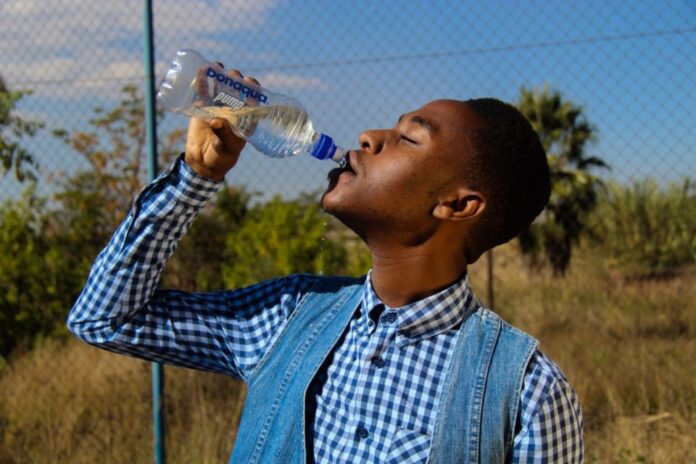Race, even more than income, is the strongest indicator of whether a person will live in an area that is has contaminated
water, air or land. Dr. Robert Bullard, considered by many to be the Father of the Environmental Justice Movement,
describes the environment as “where we live, work, play, go to school, as well as the physical and natural world.”
That is why the Trump Administration must commit to helping, not hurting, communities of color, and that means placing a focus on environmental justice, not ignoring it and rolling back lifesaving health protections that will help achieve it. The Environmental Justice Movement is made up of people and organizations who work tirelessly to address the environmental injustices that disproportionately impact communities of color. Whether it is the fight against climate change, for clean air, water, or a just transition in the clean energy economy, it is imperative that people of color lead this movement. It is important that communities speak for themselves to articulate the impacts and solutions for the problems their communities face.
Why we need African Americans to lead the charge for a Clean Energy Economy and a Clean Environment
Climate Change: Low income and communities of color are hit first and worst by climate change, suffering disproportionately from the effects of severe tropical storms, heat waves, and air pollution. Despite the need for action on climate, the Trump Administration, led by Acting EPA Administrator Andrew Wheeler, are rolling back safeguards like the Clean Power Plan and clean car standards, even though EPA scientists recognize the health impact on black lives. Their recent study found that when it comes to particulate air pollution – which is linked to premature death in people with heart or lung disease, irregular heartbeats and decreased lung function — the health burden on African Americans is 54 percent higher than the health burden on the American population overall.
Clean Air: Black children are 4.5 times more likely to be hospitalized for asthma, and 10 times more likely to die from asthma than white children.
Clean Energy Jobs: While solar and wind opportunities are growing, African American employment in these areas is very low. For example, African Americans only makeup 7% of the solar job force. There are tremendous opportunities and demands for skill labors, technicians, and engineers; however by rolling back the clean car standards and gutting the Clean Power Plan, the Trump Administration is undermining the clean energy economy that could create career opportunities and pathways out of poverty for people of color and low-income communities on the front lines of pollution.
Clean Homes: According to the U.S. Environmental Protection Agency, more than 87 percent of homes built before 1940 in the U.S. have lead paint. Despite the U.S. government banning the use of lead-based paint, lead from paint, including lead-contaminated dust, is one of the most common causes of lead poisoning, which is still a public health burden facing African American families.
Clean Transportation: The transportation sector is now the country’s largest source of carbon pollution that contributes to climate change. By rolling back America’s clean car standards, Americans will be forced to breathe dirtier air and spend more money at the gas pump. The current standards could save consumers as much as $5,700 per car and $8,200 per truck over the lifetime of their vehicle, and losing those savings will disproportionately hurt the pocketbooks of African American families.
Clean Water: African Americans are more than twice as likely as whites to live in a home with substandard plumbing. More than 1 percent of black people live in houses without potable water and modern sanitation, compared to less than 0.5 percent of whites. Additionally, there is a crisis of lead in water in American schools. According to a recent report published by the US Government Accountability Office, 43 percent of districts, serving 35 million students, tested for lead. Of those, 37 percent found elevated levels and reduced or eliminated exposure.
Links and Resources: Do you have a story to share around what climate pollution is costing you or your community? Share your story at myclimatecost.org.






